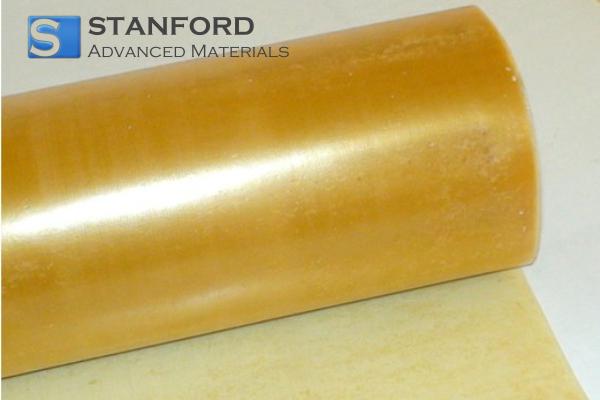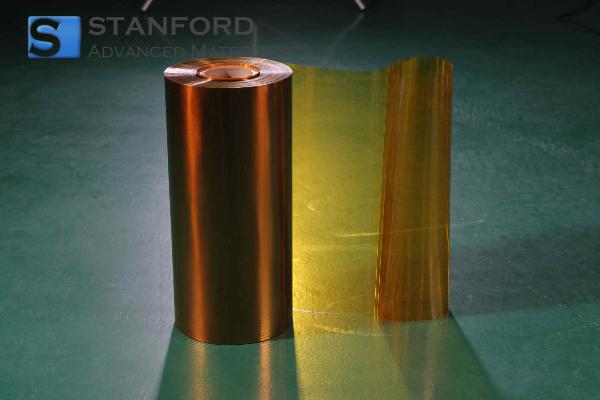Phosphorus: Element Properties And Uses
Description
Phosphorus is an extremely reactive element that is essential for life, exhibiting significant chemical and physical properties. It has important applications in various industries.
Introduction to the Element
Phosphorus is a non-metal element with the symbol P and atomic number 15. It is a crucial component of all forms of life and plays a central role in the biochemistry of DNA, RNA, and ATP. Phosphorus is found naturally in phosphate rocks, which are mined for industrial purposes. Phosphorus is required for plant growth and is a primary nutrient in fertilisers.
Chemical Properties Description
Phosphorus exists in a variety of allotropes that exhibit distinct chemical properties. The most recognised allotropes are white phosphorus, red phosphorus, and black phosphorus.
White Phosphorus: Extremely reactive and toxic, it ignites spontaneously in air to produce phosphorus pentoxide (P₂O₅). It is utilised in the manufacture of fertilisers and chemicals.
Red Phosphorus: Less reactive compared to white phosphorus, red phosphorus is employed in the production of safety matches, fireworks, and flame retardants.
Black Phosphorus: This allotrope displays semi-metallic characteristics and is used in the production of electronic materials.
Phosphorus compounds, such as phosphates, are utilised in a wide range of applications, including agriculture and water treatment.
Physical Properties Data Table
|
Property |
Value |
|
Atomic Number |
15 |
|
Atomic Mass |
30.974 u |
|
Density (white phosphorus) |
1.82 g/cm³ |
|
Melting Point (white phosphorus) |
44.1°C |
|
Boiling Point (white phosphorus) |
280°C |
|
Density (red phosphorus) |
2.34 g/cm³ |
|
Melting Point (red phosphorus) |
590°C |
|
Boiling Point (red phosphorus) |
Sublimes at 400°C |
Common Uses
Phosphorus is employed in a wide array of industrial processes, including:
Agriculture: Phosphorus is a critical component of fertilisers, promoting plant growth.
Chemicals: It serves as a precursor in the production of phosphoric acid, which is used in detergents, fertilisers, and food additives.
Safety Matches: Red phosphorus is found in the striking surface of safety matches.
Metal Alloys: Phosphorus is used in the production of phosphor bronze, a durable and corrosion-resistant metal alloy.
Food Additives: Phosphates are added to food products to enhance texture, flavour, and freshness.
Preparation Methods
Phosphorus is typically obtained from phosphate rock through thermal reduction, where phosphate rock is heated with carbon at high temperatures to produce phosphorus gas, which is subsequently converted into various forms.
Another method for obtaining phosphorus involves the reaction of phosphoric acid and calcium hydroxide under heat. The outcome is a mixture of water and calcium phosphate, which can be further treated to produce different allotropes of phosphorus.
Industrial Products Associated
Phosphorus is contained in numerous industrial products:
Fertilisers: Phosphates derived from phosphorus are key ingredients in the production of fertilisers.
Flame Retardants: Phosphorus compounds are used to create flame retardants for plastics and fabrics.
Water Treatment: Phosphates treat water to prevent scale formation.
Detergents: Phosphoric acid and its derivatives are employed in the production of detergents and cleaning solutions.
Frequently Asked Questions
What is phosphorus used for?
Phosphorus is primarily used in fertilisers, chemicals, and industries such as flame retardants, detergents, and food additives.
How is phosphorus obtained?
Phosphorus is usually derived from phosphate rock through thermal reduction, where carbon heats the rock to produce phosphorus gas.
Is phosphorus toxic?
White phosphorus is highly toxic and dangerous, particularly upon contact with skin or air. It must be handled with caution.
What are the different allotropes of phosphorus?
There are several allotropes of phosphorus, including white, red, and black phosphorus, each with varying chemical and physical properties.
Why is phosphorus essential to plants?
Phosphorus is vital for plant growth as it is a basic component of DNA, RNA, and ATP, which are involved in cellular energy and reproduction.

 Bars
Bars
 Beads & Spheres
Beads & Spheres
 Bolts & Nuts
Bolts & Nuts
 Crucibles
Crucibles
 Discs
Discs
 Fibers & Fabrics
Fibers & Fabrics
 Films
Films
 Flake
Flake
 Foams
Foams
 Foil
Foil
 Granules
Granules
 Honeycombs
Honeycombs
 Ink
Ink
 Laminate
Laminate
 Lumps
Lumps
 Meshes
Meshes
 Metallised Film
Metallised Film
 Plate
Plate
 Powders
Powders
 Rod
Rod
 Sheets
Sheets
 Single Crystals
Single Crystals
 Sputtering Target
Sputtering Target
 Tubes
Tubes
 Washer
Washer
 Wires
Wires
 Converters & Calculators
Converters & Calculators
 Write for Us
Write for Us




 Chin Trento
Chin Trento



